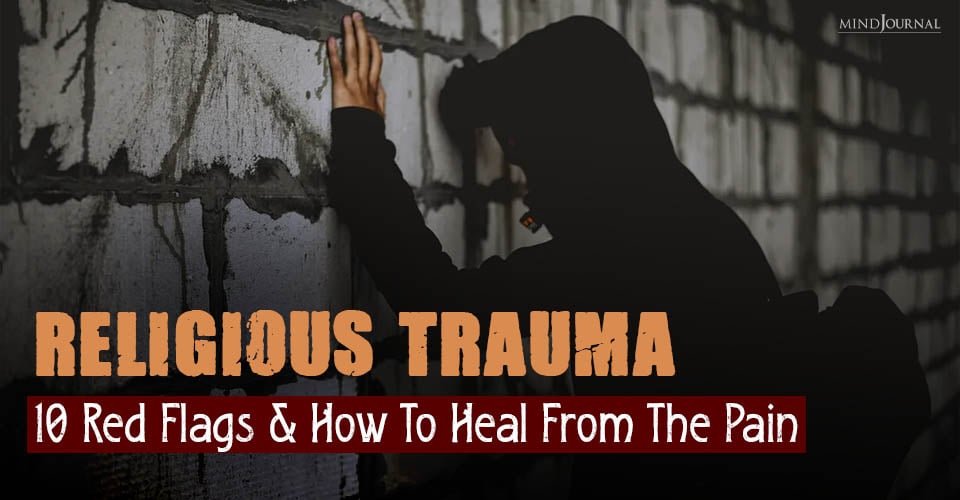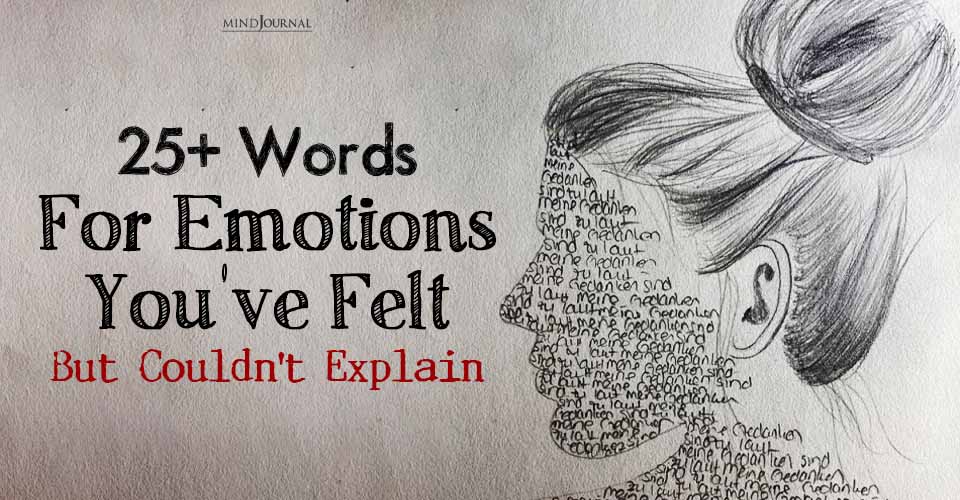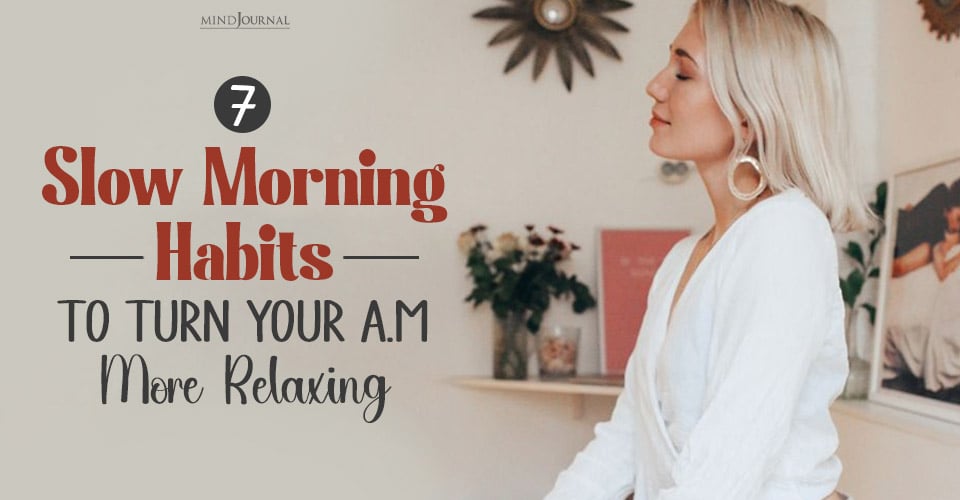Anxiety disorders affect 4% of the global population, which indicates the need for effective treatments and self-help strategies. When it comes to the latter, mindfulness is becoming more and more popular due to its scientific validation. Read on to find out how to practice mindfulness for anxiety reduction and explore tips and methods for developing a more calm and grounded mindset.
What Is Mindfulness?
Mindfulness has its origins in ancient contemplative practices, but it has gained popularity in modern psychology and wellness routines for stress management. Its key features are heightened self-awareness and a nonjudgmental focus on the present moment. Mindfulness is about giving your full attention to everything you do while remaining intentionally aware of your thoughts, emotions, sensations, and surroundings without reacting to them.
Mindfulness techniques for anxiety include deep breathing, meditation, and paying great attention to sensations as they arise, moment by moment. Everyone can start practicing it regardless of previous experience because these exercises don’t require complex preparation.
How Does Mindfulness Help Anxiety?
Mindfulness can become an important part of the treatment plan for your anxiety. It is one of the practical self-help approaches that promotes improved consciousness of feelings, ideas, and physical experiences. According to research, practicing mindfulness can eventually lower anxiety levels by affecting the parts of the brain linked to stress response and emotion management.
With the help of mindfulness, you can learn to:
- Recognize early indicators of anxiety and use coping mechanisms more proactively.
- Recognize anxious thoughts and sensations without attempting to ignore or repress them, which can lessen the severity of anxiety.
- Shift focus from worrying thoughts about the past or the future to the here and now.
- React less impulsively to situations that make you anxious, which may result in more thoughtful and sensible responses to pressures.
In addition, mindfulness practices like deep breathing and body scans can promote the body’s relaxation response and reduce the physiological signs of anxiety, such as elevated heart rate and shallow breathing
10 Mindfulness Techniques to Calm Anxiety
Being mindful strongly emphasizes being present. However, there are many ways to achieve that. Below, you’ll find ten common mindfulness exercises for anxiety that can assist you in different triggering circumstances.
1. Deep Breathing
Using your breath is one of the most effective ways to reduce tension and anxiety. Most people breathe shallowly and quickly into their chests, which can cause them to become agitated and lose energy. By practicing deep breathing, you’ll learn to take deeper breaths into your abdomen.
Focus on your breathing while you take slow, deep breaths through your nose, letting your belly rise. Then, slowly exhale. This exercise may help relax the nervous system and can be a regular part of your daily regimen.
2. Body Scan Meditation
In body scan meditation (BSM), the focus gradually moves from the feet to the head, taking in various body parts and sensations. People who use this technique become more conscious of their emotions and sensations and learn to relieve bodily tension.
Sit or lie down comfortably and focus on every region of your body one by one, observing any tension or sensations without passing judgment. Release tension from one body part at a time as you proceed through them. While mentally scanning yourself, note any aches, pains, tension, or overall discomfort. The idea of this practice is not to eliminate the pain completely but to learn to recognize and manage it.
3. Coloring or Doodling
Mindfulness doodling encourages focus and thoughtfulness. In contrast to the coloring books you grew up with, mindfulness coloring books tend to be more abstract, include serene images with complex patterns, and improve dexterity.
The basic idea behind mindfulness coloring is that the simple process of coloring pre-drawn pictures offers us a chance to stop talking to ourselves and focus on something other than negative thoughts.
4. Mindful Walking
Walking mindfully is like active meditation. It involves paying attention to your environment and your physical and mental state as you move, making you more conscious of your body, mind, and the present moment.
Pick a route that will allow you to walk for at least ten minutes without stopping—preferably outside. As you walk, become aware of your surroundings: sights, sounds, the sensation of your feet hitting the ground, and your body’s movement.
5. Guided Meditation
Guided meditation is a form of meditation exercise that involves a teacher guiding the meditation session in person, over the phone, or via video. During a guided meditation, a teacher or narrator provides detailed instructions. They also describe the inner functioning of the mind and tell you what to expect from it as you meditate. You can find a mindfulness instructor who offers live sessions or use apps with guided meditation recordings.
6. Loving-Kindness Meditation
One popular self-care method that helps with stress reduction and well-being is loving-kindness meditation (LKM). Those who consistently engage in LKM can enhance their forgiveness, connectedness to others, self-acceptance, and other qualities.
This meditation technique can be done in various ways, each based on a distinct tradition of Buddhism, but it all utilizes the same basic psychological process. For example, you can practice kindness and compassion towards yourself and others by repeating affirmations like “May I be peaceful.”
7. Progressive Muscle Relaxation (PMR)
Unlike a body scan where you simply observe your body, PMR involves gradually tensing and relaxing each muscle, which helps to alleviate tension and anxiety. The idea behind this practice is that anxiety symptoms can be reduced when your body feels warm, contented, and relaxed. With continued practice, you’ll learn to recognize tension early.
During this exercise, try to keep your muscles tense, but not to the extent that it causes discomfort. When you release the tension, focus on the feeling of relaxation that follows in each muscle. If you have any pain, you can skip the affected areas.
8. Gratitude Practice
Being grateful means recognizing and valuing good things in your life. Set aside a few minutes each day to acknowledge and express your thankfulness for everything you have. It can make you feel happier, gain a more positive outlook, and become more optimistic when faced with challenges.
Practicing gratitude lets you shift your attention away from painful emotions and situations. When you regularly analyze the things for which you can be grateful, you are more aware of their presence and can better deal with negative thoughts.
9. Mindful Journaling
Journaling is a helpful practice that involves writing down your thoughts, emotions, and experiences in a journal without judging them. It is an effective way to cultivate inner calm, increase your self-awareness, and connect with your inner self. Mindful journaling emphasizes being present and grounded in the moment.
This type of journaling helps to develop a deeper understanding of yourself and gain clarity on your inner thoughts and emotions. In your mindfulness diary, you can write about anything. Without passing judgment, record your ideas and feelings in writing so that you can carefully deal with them.
10. 5-4-3-2-1 Grounding Technique
This technique is known as the “five senses grounding technique” and is designed to help people deal with anxiety by calming down and focusing on the present moment. To perform it, you have to use all your five senses: try identifying and labeling five objects that you can see, four that you can touch, three that you can hear, two that you can smell, and one that you can taste. This exercise can help you stay present, divert your attention from anxiety-inducing thoughts, and let go of recurrent worries.
Conclusion
Mindfulness activities offer benefits for the overall well-being and quality of life. These techniques are especially useful for people with anxiety disorders as they can help efficiently control thoughts and feelings. Mindfulness can be a part of a comprehensive treatment plan for anxiety, supporting the effects of medication and psychotherapy and allowing you to learn how to deal with anxiety whenever it occurs.







Leave a Reply